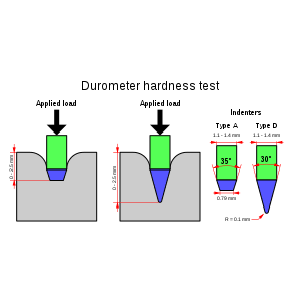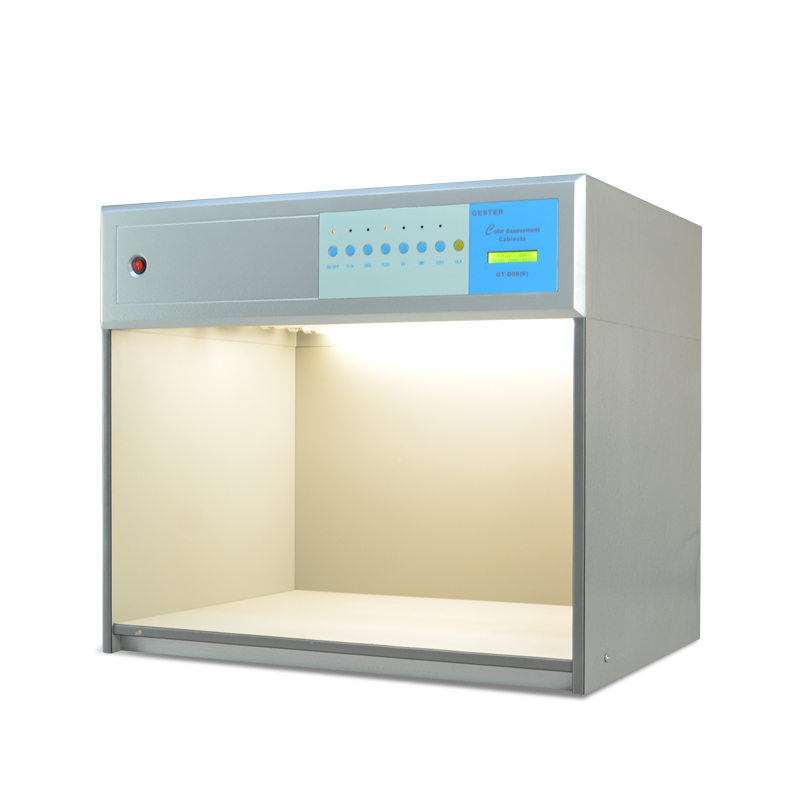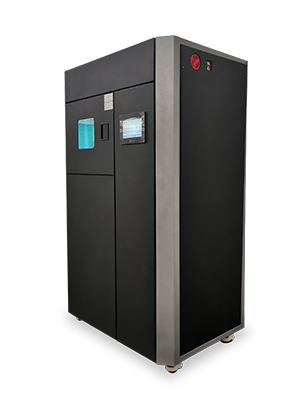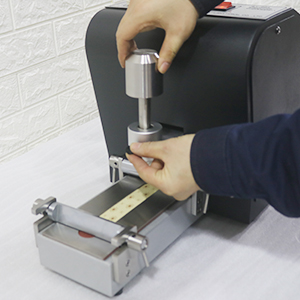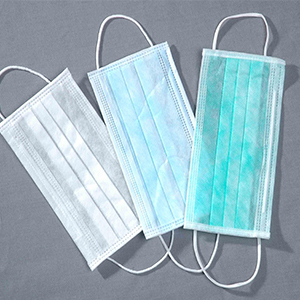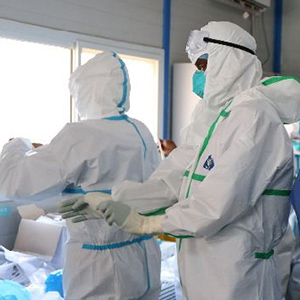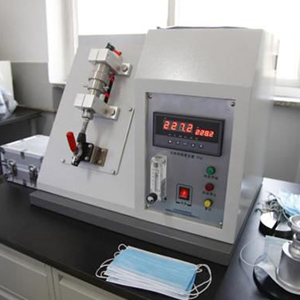Textile color fastness test items
March 23, 2021
Color fastness is also called color fastness and dyeing fastness. It refers to the resistance of the color of textiles to various effects during processing and use. The fastness grade is evaluated according to the discoloration of the sample and the staining of the undyed lining fabric. Textile color fastness test is a routine test item in the internal quality test of textiles. During its use, textiles will be exposed to various external effects such as light, washing, ironing, perspiration, friction and chemical agents. Some printed and dyed textiles are also subjected to special finishing processes, such as resin finishing, flame retardant finishing, sand washing, and grinding. This requires the color of printed and dyed textiles to maintain a certain degree of fastness. Color fastness test items Washing color fastness: The sample is sewn together with the standard lining fabric, washed, washed and dried, and washed under suitable temperature, alkalinity, bleaching and friction conditions, so that the test results can be obtained in a short time .Use machine: color fastness to washing GT-D07 Color fastness to dry cleaning: Same as color fastness to washing, except that washing is changed to dry cleaning.Use GESTER machine:Dry Cleaning And Washing Cylinder GT-C36 Color fastness to rubbing: Put the sample on the rubbing fastness meter, rub it with a standard white cloth under a certain pressure for a certain number of times. Each group of samples needs to be dry rubbing color fastness and wet rubbing color fastness. The color stained on the standard rubbing white cloth is graded with a gray card, and the grade obtained is the measured rubbing color fastness. The color fastness to rubbing needs to be tested for dry rubbing and wet rubbing. All the colors on the sample must be rubbed. Use machine: Electronic Crockmeter GT-D04 Light fastness: Textiles are usually exposed to light when they are in use. Light can destroy dyes and cause the well-known "fading", which makes colored textiles lighter and darker, and some color changes will also occur. , It is necessary to test the color fastness. The light fastness test is to put the sample and blue wool standard cloth of different fastness grades together under the specified conditions for sunlight exposure, and the sample and the blue wool The cloth is compared to evaluate the light fastness. The higher the blue wool standard cloth, the better the light fastness. Use machine: Air-Cooled Light Fastness Tester GT-D02A-1 Color fastness to perspiration: sew the sample together with the standard lining fabric, put it in a sweat solution, and place it on the perspiration fastness tester, put it in an oven at a constant temperature, then dry, and grade it with a gray card. Get the test results. Different test methods have different perspiration liquid ratios, different sample sizes, and different test temperatures and times. Use GESTER machine:Perspiration Tester GT-D09 Color fastness to water stains: Test as ...
View More
